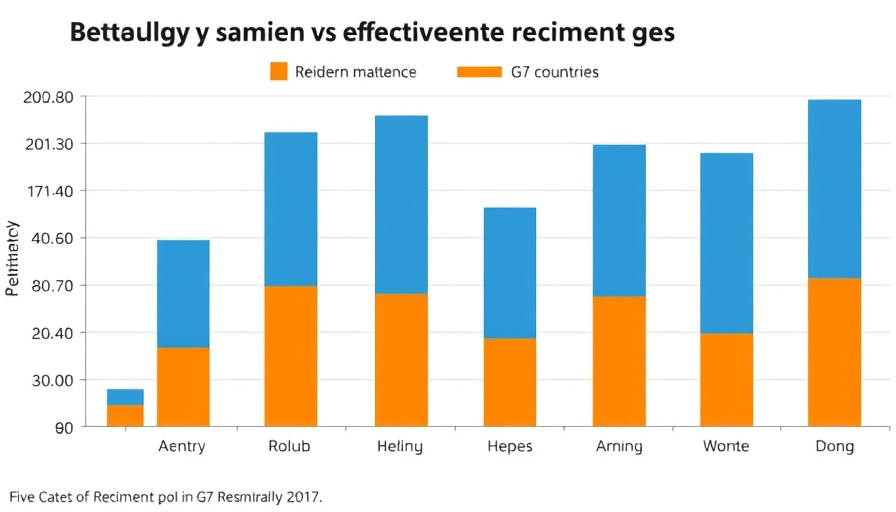
Workers on the Move: A Shift in Employment Trends
As we dive into the latest numbers from the HR world, one stark statistic stands out: a remarkable 64% of American workers are contemplating the idea of seeking a second job or starting a side hustle within the next year. This surge in interest is not merely an individual choice but a reflection of the evolving landscape of work and income.
The Financial Pressure Points
This inclination towards additional employment stems from financial pressures faced by workers. According to the American Staffing Association and The Harris Poll, a third of employees report that their savings could only sustain them for one to five months. This precarious position has led many to explore alternative income streams not as a luxury, but as a necessity to maintain their living standards.
Understanding the Workplace Dynamics
Interestingly, the perception of support from employers plays a crucial role in this trend. A staggering 46% of employees feel that their supervisors exhibit only a moderate or scant understanding of their contributions. This disconnect can lead to decreased morale and a lack of engagement, potentially pushing employees toward seeking fulfillment and validation in outside ventures.
Organizational Strategies: Adapting to Change
In response to this trend, it’s essential for leadership—whether CHROs or CEOs—to rethink their workforce strategies. As 90% of U.S. employers cite rising benefit costs as a primary concern influencing their benefit strategies, an emphasis on people-first leadership could foster a conducive environment for talent retention and engagement. By shifting focus towards innovative employee performance metrics and succession planning, companies can cultivate a high-performance culture. Ensuring that employees feel valued and understood may deter them from pursuing side jobs to fulfill emotional or financial vacancies.
Looking Ahead: Actionable Strategies for Employers
What does this mean for leaders? It’s time to pivot towards actionable insights. Prioritizing communication and transparency with team members, investing in leadership development, and fostering opportunities for personal growth can create a more inclusive workplace. These steps not only enhance employee engagement but also stem the tide of talent seeking second jobs.
As the workforce continues to trend toward diversification in employment, it is imperative that leaders respond proactively to craft a supportive atmosphere that nurtures both performance and loyalty. By doing so, businesses will not only retain their talent but also foster a culture of innovation and resilience, positioning themselves for long-term success.
In an era where workers are increasingly seeking multiple avenues for income, it’s vital for companies to explore comprehensive strategies that retain talent while ensuring a robust organizational culture. Empowered employees lead to more productive outcomes—a chief consideration for any forward-thinking organization.
 Add Row
Add Row  Add
Add 




Write A Comment